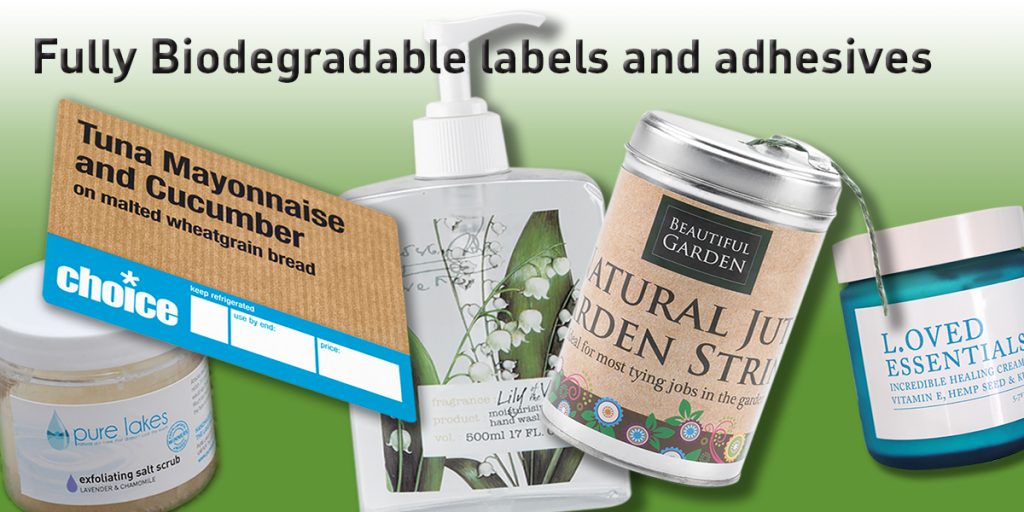We’re all trying to pitch in for the environment wherever we can and even a label can make a difference. Sugarcane paper is more eco-friendly to produce than wood-pulp paper. It also biodegrades faster and returns nutrients to the soil. These qualities make it an excellent choice for using to produce compostable packaging and labels.
The label is made from what’s called bagasse – a sugarcane fibre waste product created by the sugar refining industry. For every 10 tonnes of sugarcane crushed, a factory will produce nearly 3 tonnes of wet bagasse. That’s not to mention the waste fibre that remains in the field after harvesting. Unfortunately, the waste is disposed of by treating it as garbage: dumping or burning it, causing extra pollution to enter the atmosphere.
Finding ways to use product that would otherwise be garbage is key. Sugarcane is a renewable eco-friendly source as it reproduces in cycles of less than one year. In comparison, trees for paper production generally take 7 to 10 years to reach maturity. Deforestation accounts for 20 percent of all greenhouse gas emissions worldwide. By using sugarcane in place of wood pulp we can lower pollution and preserve forest ecosystems.
Products, packaging, and labels made from bagasse require less energy to produce. The waste product has been harvested and collected as part of the sugar industry processes – it’s already at the factory! Because fewer steps are needed, sugarcane is less polluting and less fuel intensive than its wood-based counterpart. Bagasse is already available in abundance as an agricultural waste product. Since the waste product already exists, it makes sense to use it! Bagasse is used for each of the four main paper categories, namely packaging and boxes, printing, writing and photocopier paper, tissues, and newsprint. Bagasse has been a rich source for cogeneration in sugarcane industries as well as in other sectors. The leftover residue after crushing and processing of sugar cane to remove the sugar juice is bagasse and having 1.0-1.5mm length and ca20 micron diameter that is similar to hardwoods like eucalyptus of 0.7-1.3mm by 20-30 micron. Hence, bagasse pulps can be produced of similar quality to pulp from hardwoods with suitable manufacturing processes. While in pulp and paper industry, a mill based on bagasse could be developed quickly without the constraints relatively to the lead times imposed by a wood based mill.

